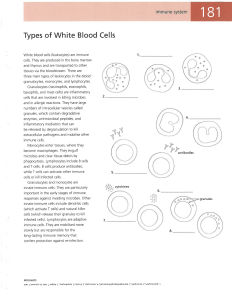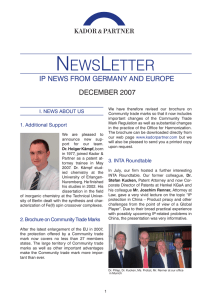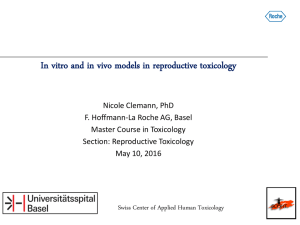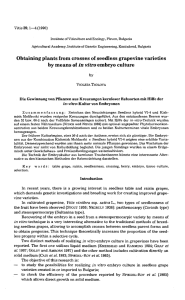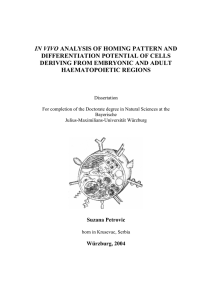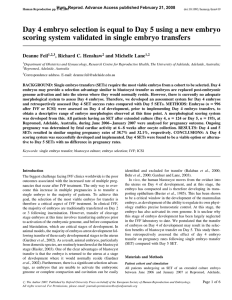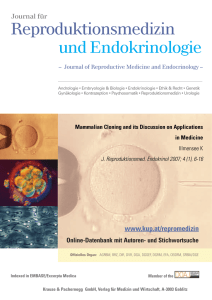6 Summary
Werbung
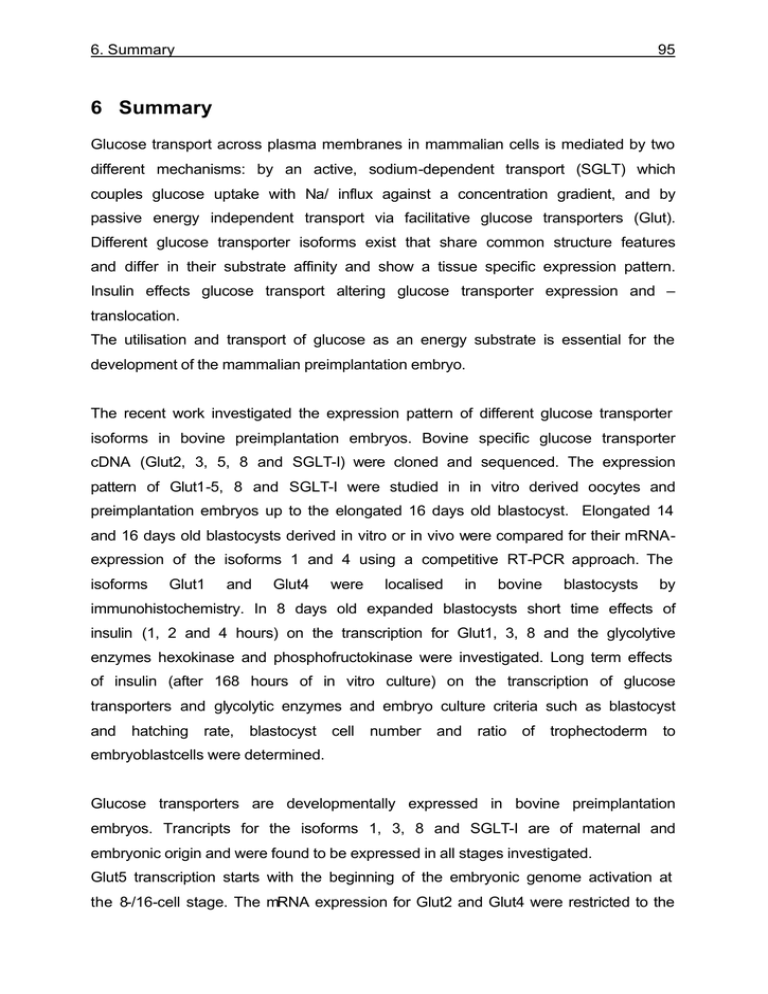
6. Summary 95 6 Summary Glucose transport across plasma membranes in mammalian cells is mediated by two different mechanisms: by an active, sodium-dependent transport (SGLT) which couples glucose uptake with Na/ influx against a concentration gradient, and by passive energy independent transport via facilitative glucose transporters (Glut). Different glucose transporter isoforms exist that share common structure features and differ in their substrate affinity and show a tissue specific expression pattern. Insulin effects glucose transport altering glucose transporter expression and – translocation. The utilisation and transport of glucose as an energy substrate is essential for the development of the mammalian preimplantation embryo. The recent work investigated the expression pattern of different glucose transporter isoforms in bovine preimplantation embryos. Bovine specific glucose transporter cDNA (Glut2, 3, 5, 8 and SGLT-I) were cloned and sequenced. The expression pattern of Glut1-5, 8 and SGLT-I were studied in in vitro derived oocytes and preimplantation embryos up to the elongated 16 days old blastocyst. Elongated 14 and 16 days old blastocysts derived in vitro or in vivo were compared for their mRNAexpression of the isoforms 1 and 4 using a competitive RT-PCR approach. The isoforms Glut1 and Glut4 were localised in bovine blastocysts by immunohistochemistry. In 8 days old expanded blastocysts short time effects of insulin (1, 2 and 4 hours) on the transcription for Glut1, 3, 8 and the glycolytive enzymes hexokinase and phosphofructokinase were investigated. Long term effects of insulin (after 168 hours of in vitro culture) on the transcription of glucose transporters and glycolytic enzymes and embryo culture criteria such as blastocyst and hatching rate, blastocyst cell number and ratio of trophectoderm to embryoblastcells were determined. Glucose transporters are developmentally expressed in bovine preimplantation embryos. Trancripts for the isoforms 1, 3, 8 and SGLT-I are of maternal and embryonic origin and were found to be expressed in all stages investigated. Glut5 transcription starts with the beginning of the embryonic genome activation at the 8-/16-cell stage. The mRNA expression for Glut2 and Glut4 were restricted to the 6. Summary 96 blastocyst stage. While Glut4 transcripts were detected in 8 days old expanded blastocysts, Glut2 expression was found only in the elongated 14 and 16 days old embryos. The mRNA quantification for Glut1 and Glut4 in 14 and 16 days old in vitro and in vivo derived elongated blastocysts showed an increased Glut1 expression in 16 compared with 14 days old embryos, while Glut4 expression decreased. In 16 days old in vivo derived embryos no Glut4 expression was dectetable. A weak expression of this isoform in in vitro grown embryos suggests, that compared to in vivo embryos these embryos show a delayed development. Glut1 protein was localised by immunohistochemistry in 8 days and 14 and 16 days old elongated blastocysts in the cytoplasm and the lateral membranes of trophectoderm cells. Embryoblastcells show Glut1 expression, while endodermcells do not express the Glut1 protein. Glut4 transcripts were shown by in situ hybridisation in trophectoderm- and endodermcells of 14 and 16 days old embryos. The Glut4 protein was localised by immunohistochemistry in 14 and 16 days old elongated blastocysts. In embryoblastcells Glut4 was localised in the cytoplasm while endoderm- and trophectodermcells showed a nuclaer staining. Insulinsupplementation (10µg/mL) of embryo culture media did not have long term effects on the mRNA phosphofructokinase. expression Blastocysts of Glut1, obtained 3, from 8 in and vitro hexokinase culture and under insulinsupplementation did result in higher blastcyst cell number and hatching rates. Short time exposure of blastocyst to insulin increased the gene expression of Glut3, 8, hexokinase and phosphofructokinase in a time dependent manner. These data suggest a metabolic short time and mitogenic long term effect of insulin on in vitro derived bovine embryos. The results of the present work raises new questions, e.g. about the need and reasons for the expression of such a variety of glucose transporter isoforms during preimplantation embryo development. Is there a need for an active, energy dependent mechanism of glucose transport for the embryo and if yes, why and from 6. Summary 97 which stage on? Do the mechanisms and regulations of embryonic glucose transporters differ from the ones known from adult cells? Is there a connection between differenziation, metabolism and glucose transport? Further studies should be undertaken to show, if there are connections between glucose transporter expression, glucose metabolism, metabolic and mitogenic effects of insulin and IGF-I and the developmental competence and viability of the embryo. A better understanding of these processes will achieve in advancements to characterise and describe the early development of the embryo not only by morphological but also by molecular criteria.




